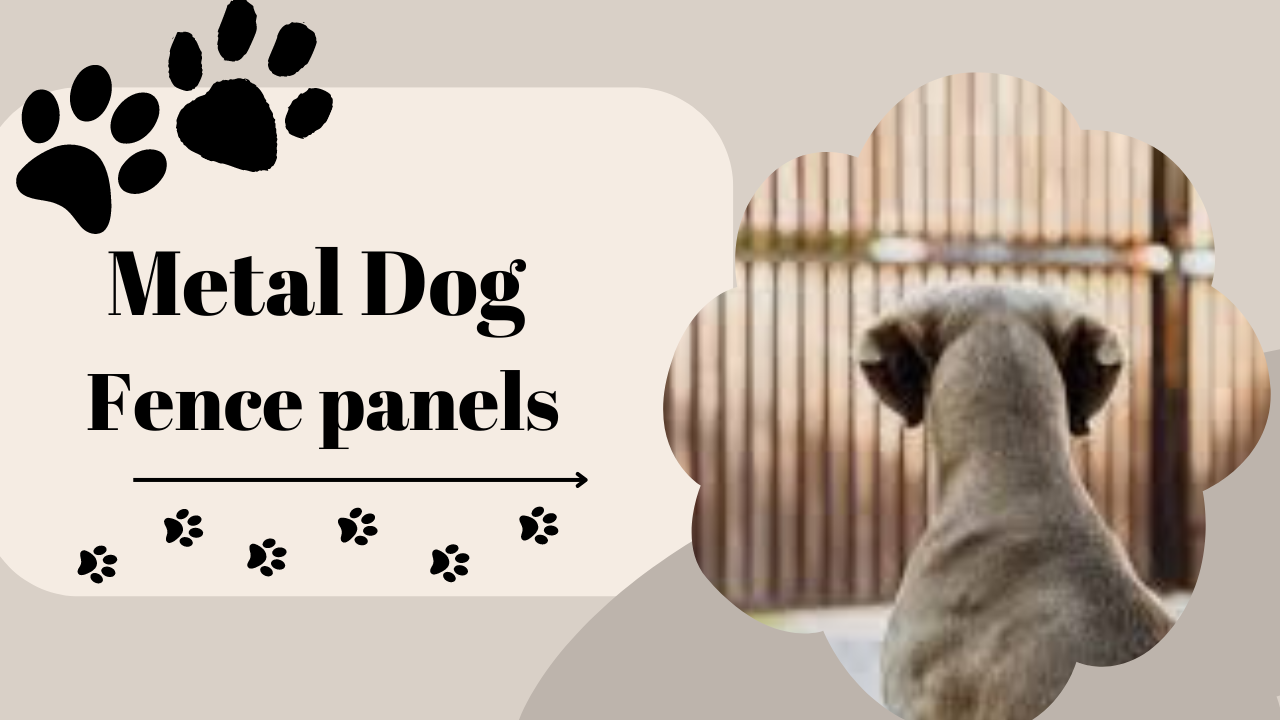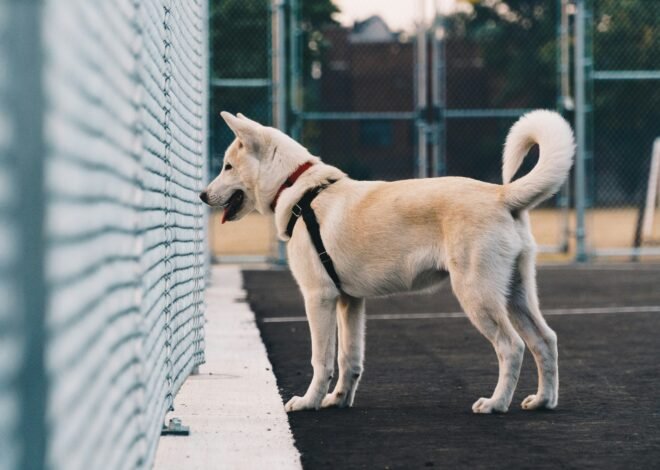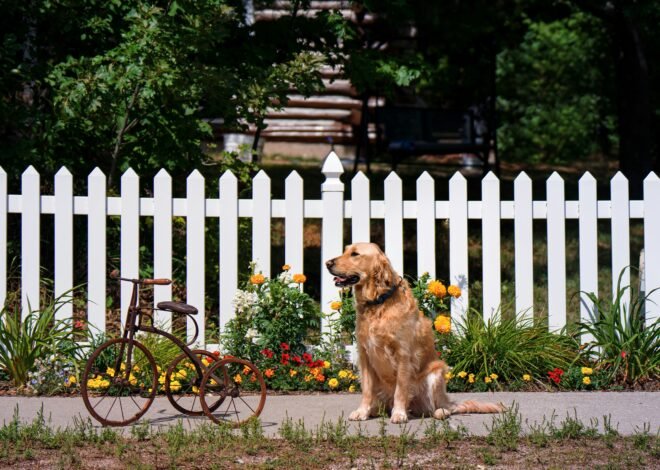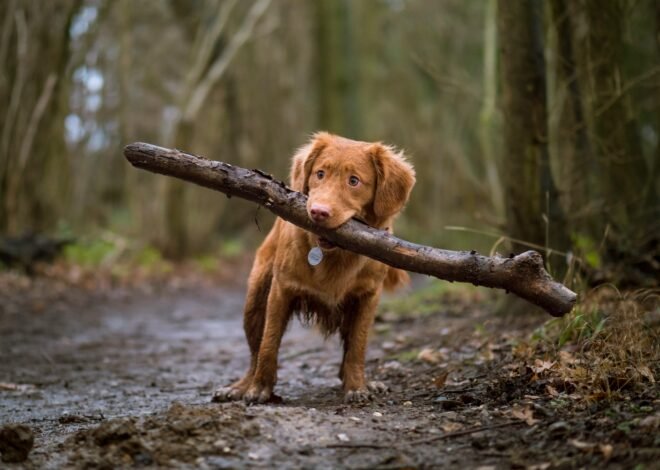
Metal Dog Fence Panels: Durable Solutions for Your Yard
Choosing the right fence for your yard is crucial to ensuring your dog’s safety and security. While there are many options available, metal dog fence panels stand out as a particularly durable and reliable solution. In this article, we’ll explore the benefits of metal dog fence panels, the different types available, and tips for selecting and installing the best option for your yard.
Benefits of Metal Dog Fence Panels
- Durability
One of the primary advantages of metal dog fence panels is their durability. Unlike wood or plastic, metal panels are resistant to weathering, rot, and pests. This makes them a longlasting solution that can withstand the elements and remain functional and aesthetically pleasing for years.
- Security
Metal fence panels provide a high level of security. They are difficult to climb or chew through, making them an effective barrier for keeping your dog within the yard and preventing intruders from entering. The robust construction of metal panels ensures that even the most determined dogs will stay safely contained.
- Low Maintenance
Metal fences require minimal maintenance compared to other materials. A simple wash with soap and water is usually enough to keep them looking new. Additionally, most metal fences are treated to resist rust and corrosion, further reducing the need for upkeep.
- Aesthetic Appeal
Metal fence panels arrive in different styles and gets done with, permitting you to pick a plan that supplements your home and scene. From classic wrought iron to modern aluminum, metal fences can enhance the visual appeal of your yard while providing a functional barrier.
- Customizability
Metal fences can be customized to fit any yard size and shape. Whether you need a tall fence for a large dog or a shorter one for a smaller breed, metal panels can be tailored to meet your specific needs. Additionally, gates and decorative elements can be added to create a personalized look.
Types of Metal Dog Fence Panels
- Wrought Iron
Wrought iron fences are known for their strength and ornate designs. They offer excellent security and durability but can be more expensive than other options. Wrought iron fences require periodic maintenance to prevent rust, especially in areas with high humidity or salty air.
- Steel
Steel fences are incredibly strong and durable, making them ideal for large dogs or highsecurity needs. They can be galvanized to prevent rust and corrosion, ensuring a long lifespan with minimal maintenance. Steel panels are available in various styles, from simple and functional to decorative and elaborate.
- Aluminum
Aluminum fences are a popular choice due to their lightweight nature and resistance to rust. They are easier to install than steel or wrought iron and require virtually no maintenance. Aluminum panels arrive in many plans and gets done with, making them a flexible and appealing choice for any yard.
- ChainLink
While not as visually appealing as other metal fences, chainlink fences are highly durable and costeffective. They provide excellent security and can be coated with vinyl for added protection and aesthetics. Chainlink fences are also flexible, allowing for easy installation on uneven terrain.
Choosing the Right Metal Dog Fence Panels
When selecting metal dog fence panels, consider the following factors:
- Dog’s Size and Behavior
The size and behavior of your dog should influence your choice of fence. Larger dogs may require taller and stronger fences, such as steel or wrought iron, to prevent jumping or climbing. For smaller or less active dogs, aluminum or chainlink fences may suffice.
- Yard Size and Shape
The size and shape of your yard will determine the amount and configuration of fencing needed. Measure your yard accurately and consider any slopes or irregularities that may affect installation. Customizable options like aluminum or chainlink can be tailored to fit unique yard layouts.
- Local Climate
Consider the climate in your area when choosing a fence. In humid or coastal regions, rustresistant materials like aluminum or galvanized steel are ideal. For areas with harsh winters, ensure the fence can withstand freezing temperatures and heavy snow.
- Aesthetic Preferences
Pick a Fence that supplements the style of your home and landscaping. Wrought iron and aluminum fences offer a range of decorative designs, while chain link fences can be enhanced with vinyl coatings and privacy slats for a more appealing look.
Installing Metal Dog Fence Panels
- Planning and Preparation
Before installing your fence, really take a look at neighborhood guidelines and get any essential licenses. Plan the layout of your fence, including the location of gates and any obstacles. Mark the perimeter with stakes and string to visualize the installation.
- Digging Post Holes
For a sturdy installation, dig post holes to a depth of at least onethird the height of the fence. Use a post hole digger or auger to create holes that are wide enough to accommodate the posts and allow for concrete to be poured around them.
- Setting Posts
Place the posts in the openings and fill them with concrete. Guarantee the posts are plumb and level, then, at that point, permit the substantial to fix as indicated by the producer’s directions.This will provide a solid foundation for the fence panels.
- Connecting Panels
When the posts are set, connect the Fence panels
according to the manufacturer’s instructions. Use brackets or clips to secure the panels to the posts, ensuring they are level and properly aligned. For chainlink fences, stretch the mesh tightly and secure it with ties or clamps.
- Installing Gates
Install gates at convenient locations, ensuring they are properly aligned and swing freely. Use sturdy hinges and latches to keep the gates secure and functional.
Maintenance Tips
To keep your metal dog fence in top condition, follow these upkeep tips:
- Normal Cleaning: Clean the fence occasionally with cleanser and water to eliminate soil and garbage. For created iron and steel fence, investigate for rust and final detail with paint depending on the situation.
- Check for Harm: Routinely examine the fence for any harm or free parts. Fix or supplant any harmed areas to keep up with security.
- Lubricate Gates: Lubricate gate hinges and latches to ensure smooth operation and prevent rust.
Conclusion
Metal dog fence panels offer a durable, secure, and aesthetically pleasing solution for keeping your dog safe in your yard. With various types and styles available, you can track down the ideal fence to suit your requirements and inclinations. Appropriate establishment and upkeep will guarantee your fence stays compelling and appealing long into the future.
For more detailed guidance on installing a metal fence, you can visit Wicke’s guide on fence installation .


